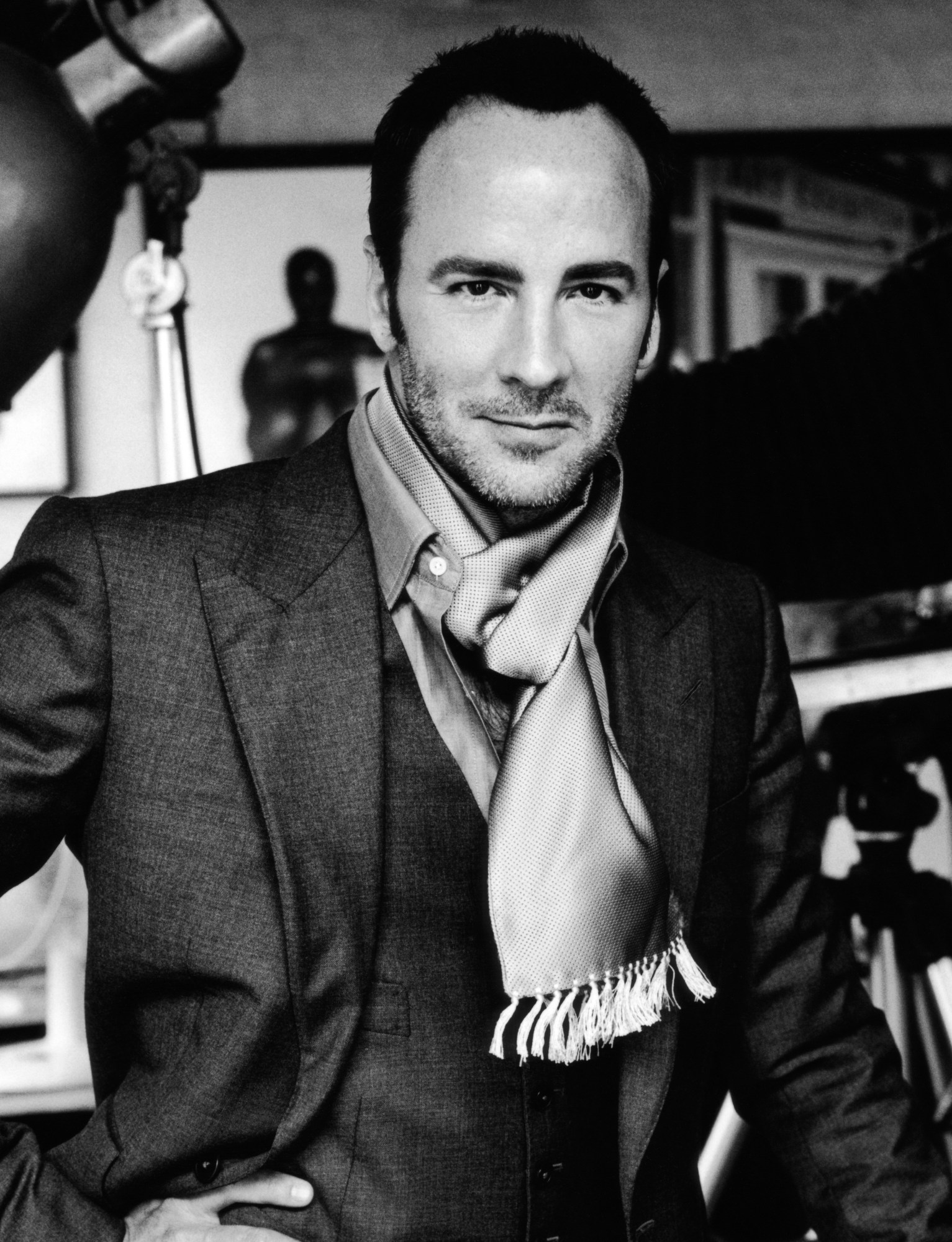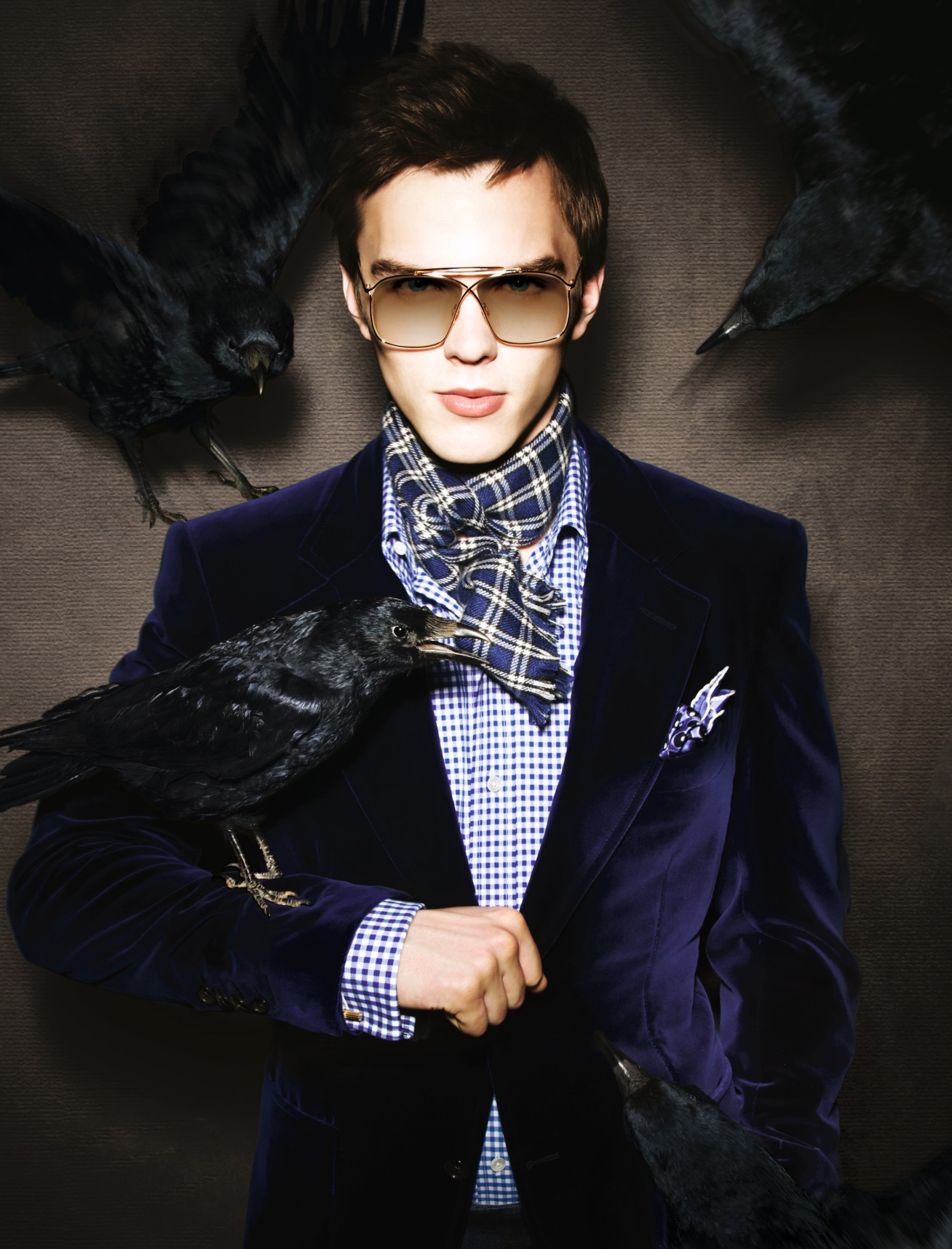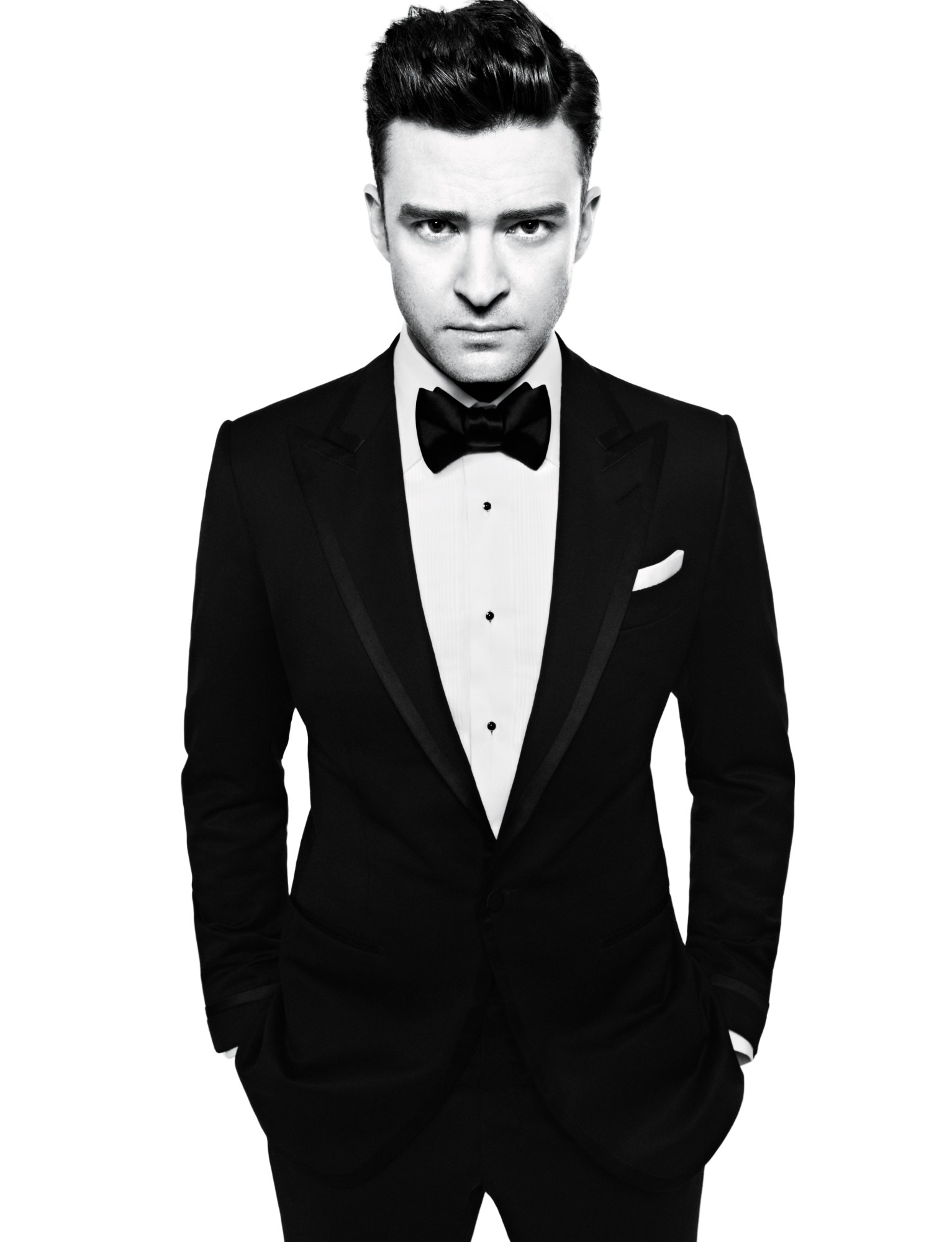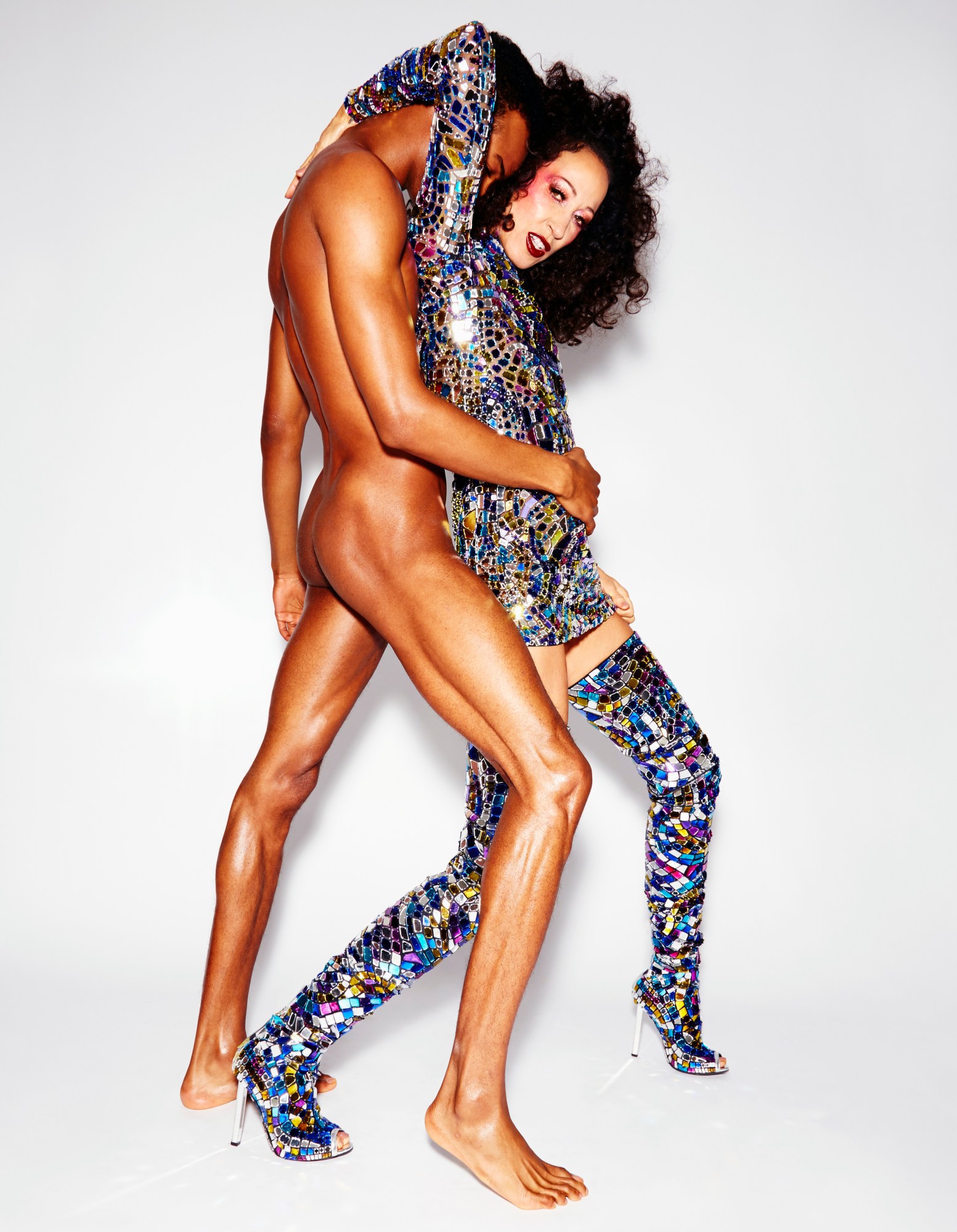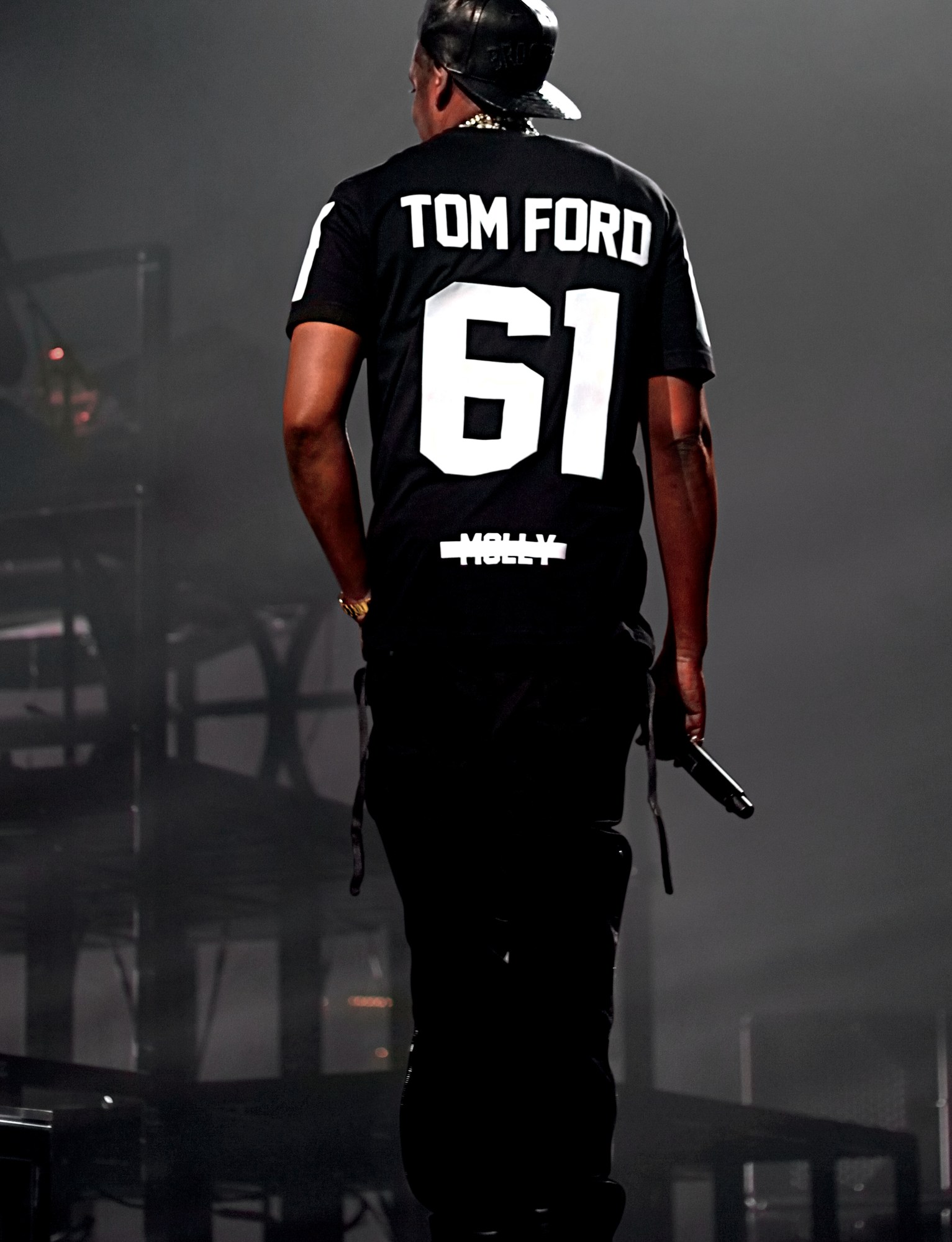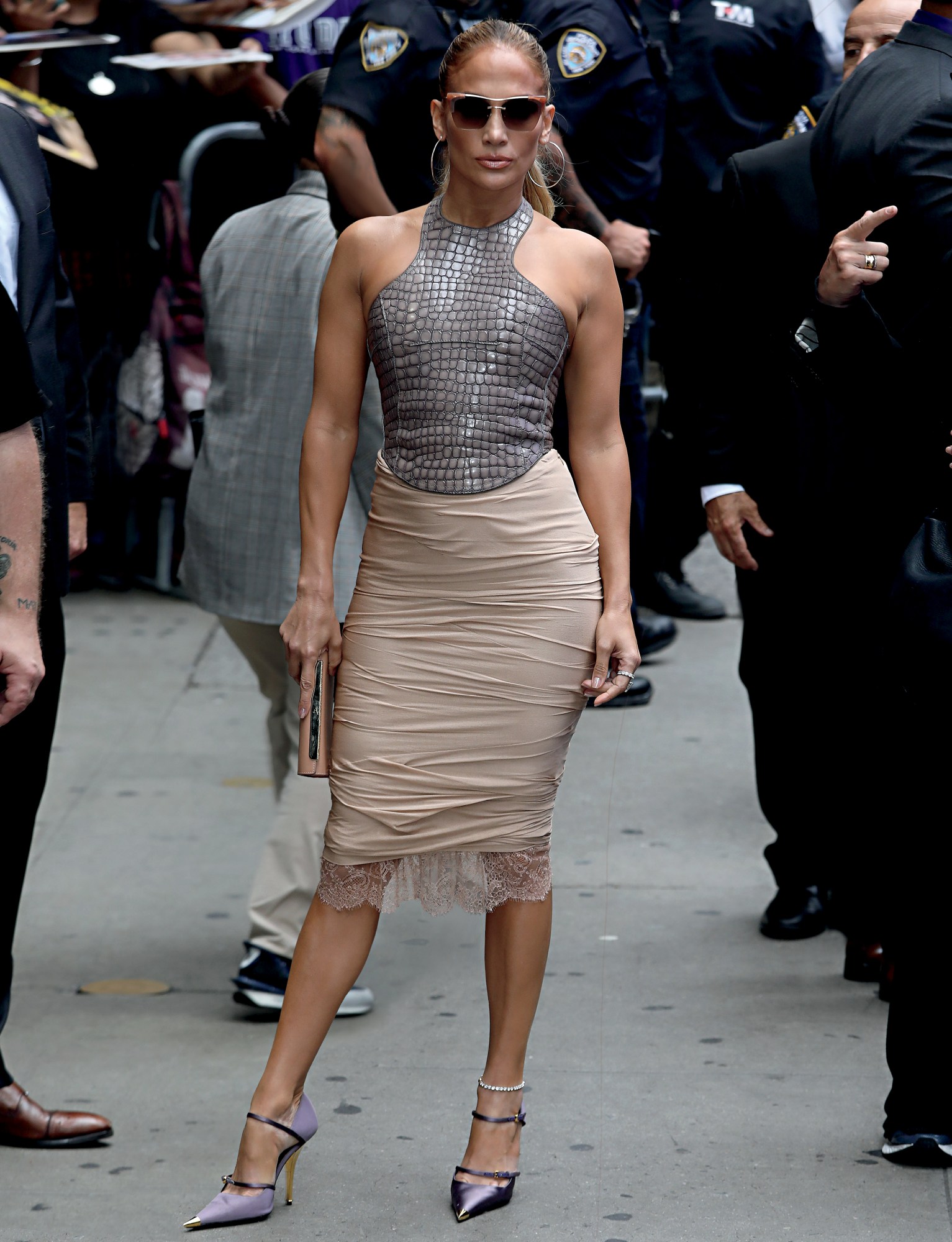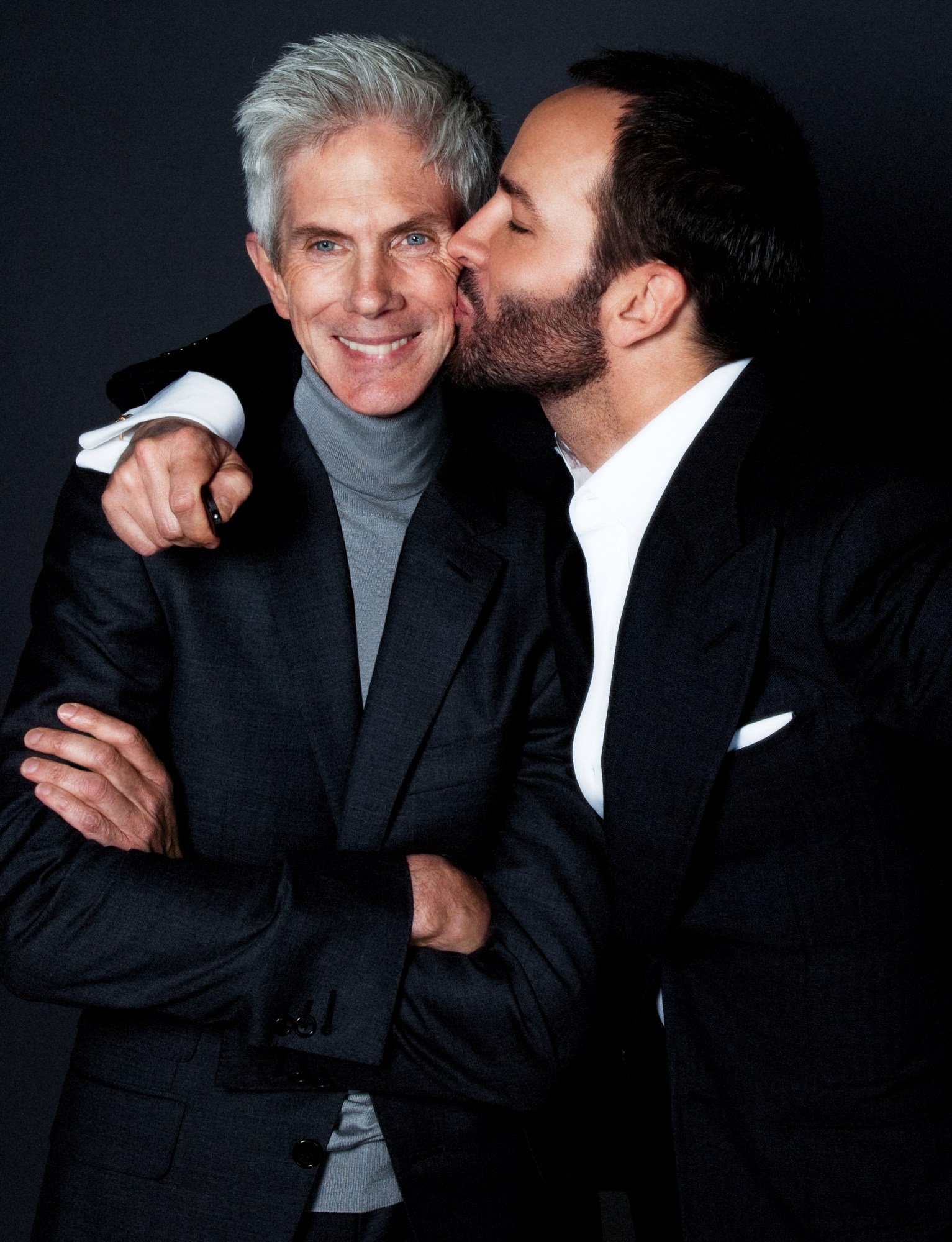There is a section in Tom Ford’s new book, Tom Ford 002, in which the American designer discusses his lowest ebb. After an unceremonious exit from Gucci – the Italian house that he helped revive, as documented in the House of Gucci – and Yves Saint Laurent (as it was known back then), he hit rock bottom with alcoholism, drug use and a lack of direction after more than decade of a high-powered, highly-controlled schedule. “I was always a highly functional alcoholic,” he tells Bridget Foley in its introduction. But it got worse after I left Gucci; it got much worse … It probably had a lot to do with the pressure I was under in my business life. I think that pressure is one reason that alcohol and drugs consume so many people in the fashion industry – the demand to be creative according to a calendar.”
On May 15 2009, he got sober. A lot has happened since. He built a beauty empire, courtesy of his cosmetics and fragrances partnership with Estée Lauder. He staged a triumphant return to fashion, reasserting himself as the king of elegant, nocturnal glamour and high-octane sexuality. He directed two critically-acclaimed films: A Single Man (2009) and Nocturnal Animals (2016). In 2012, he and his longtime partner, Richard, had a son, Jack. Five years later, the family relocated to Los Angeles from London, after which Ford accepted the chairmanship of the Council of Fashion Designers of America. This year marks the 15th anniversary of the namesake Tom Ford brand, launched in 2005, as well as the designer’s 60th birthday. It couldn’t be more prescient that on resale platforms, such as TheRealReal and Vestiaire Collective, vintage Tom Ford (for Gucci and YSL) has reached record prices — predominantly among those who weren’t even born when it was first produced.
Tom Ford’s first self-titled book, published in 2004, chronicled his stellar decade-long tenure and contentious exit from Gucci Group (now Kering), during which he was a force in shattering the last vestiges of fashion’s frothed-up eighties overstatement and introducing a sleek, highly-sexual kind of 70s hedonism – as well as being instrumental in the acquisition of Balenciaga, Bottega Veneta, Alexander McQueen, Stella McCartney and Boucheron. In fact, it pretty much cemented his place as was probably the most era-defining designer of the decade between the mid-90s and the early-00s – an era that has come back into fashion in full force, courtesy of Y2K nostalgia.

It took him a while to persuade himself to come back to fashion, and he started first with a premium line of fragrances and then formal menswear, and finally, the kind of high-voltage eveningwear he excels at. “That side of me felt great relief that the whole Gucci thing ended after ten years,” he says. “It was a combination of relief and feeling that I’d escaped pretty much unscathed critically… So I kind of felt like, ‘Whew! I made it out.’ I’d made it out physically, and critically, feeling proud of what I’d done. But ‘I am never doing that again!’ is how I felt.”
Today, Tom has relaxed his tightly-wound image, which he credits to being a father. He recently lost the love of his life, Richard Buckley, who he lived with for decades. The new book explores the dichotomy between his “billboard image and the reality” of Tom Ford, the man and the brand. “I know how to perform,” he says. “I’m good at it, but it still took a year of pandemic Zooms for me to get over having to put my ring light behind the screen, and to realise everybody looks horrible on Zoom. It’s okay; I look like hell.”
We caught up with the iconic designer to talk about his self-described third act, his hopes for the future, and his evolving perspective on fashion and sex.
Hi Tom! I had a great time reading your book, and I thought it was interesting because your first book has kind of become a bit of a cult classic and can be found on the shelves of most fashion folk – it’s almost like a logo in and of itself. What was it like revisiting publishing, and putting everything together all over again?
I’m somebody who doesn’t look back and do something, and that’s also the nature of fashion. When you turn your back on the runway and walk off, you think, ‘Oh, fuck. What am I going to do now?’ because you can’t feel it at that moment in time. You believe in what you just put on the runway, but you know that you’re going to feel something completely different after, and it has to be good and relevant at that time. So I rarely look back.
Why did you want to look back now?
The reason I did it was I hadn’t done a book of my own brand since I started and I was turning 60. I thought, this is a good time to look back at my work. So a lot of it — I won’t say I had forgotten about — but it’s interesting looking back, because you remember, ‘Oh, this is where I was in my life at that time, this is what I was thinking, this was how I was feeling’. So it is interesting. I mean, to say it’s emotional isn’t quite the right word, but it’s reflective and cathartic in a way because I’m somebody who likes to kind of tie things up neatly with a bow and package it and move on. And so it was a real chapter of my life and, as I realised that I’m most likely moving into the third act, or getting close to the third act, it was great to go through, put everything together, put it in a nice, slip-covered box and move on to the next chapter.
And what is that next chapter?
God only knows. Does anyone ever know? I mean, I lived with Richard for 35 years. Did I realise he’s gonna die a month ago? You never know what the next chapter is. I hope it’s fashion. I feel like I still have things to say with fashion. And I hope it’s also more movies and raising my son. I mean, that’s the most important thing when you have a child. It becomes the chief focus of your life.

It must be interesting to consider how your work has evolved since the first book.
My work has evolved, but my work is also the same. You know, you really do get to give the world your taste once – and I did that at Gucci. And if you look back at what came before, there wasn’t really runway shows and collections at Gucci, so I really grafted my own personality on to both Gucci and YSL, which was why I felt it was important to claim them in a sense when I left, which is why the book’s called Tom Ford — not Tom Ford for Gucci or Tom Ford for YSL. So if you look back at my work today and my work then, there is definitely a common thread running through it all. Every designer has a look and a thing that they do and something that they believe in. And so I still believe in, and most of the things that I believed in, in terms of making men’s and women’s bodies look the best and what kind of clothes you need. However, you’re right, the times have changed, if anything, they have become much more restrictive. And you have to consider that when you design today.
How so?
I’m older and my priorities have changed. I don’t drink the way I used to and I don’t live the same sort of life. And so I suppose more than sexuality today, my work would reflect a certain sensuality. And, and so yes, there are changes, but I would say everything is also in terms of what I design also the same. Hopefully, you’re able to move it in a way that remains relevant, but really what happens is it becomes your look. And I think it’s important that you have a message and you have something to say and I think that designers that resonate and are successful have a look, the same way an artist has, you know – something that they do that you can spot instantly and say ‘Oh, yeah, that’s an Ellsworth Kelly. Oh, yes, that’s a Klein, or a Rothko.’ I’m not comparing myself to those artists. I don’t mean to sound egotistical, but I think it applies to everyone who is creative – if you’re a singer, you have a sound, and if you’re a designer, you have a look.
What’s interesting now is that certainly a whole new young generation of designers are going back to what you were doing at Gucci in the 90s because they love it. That might be interesting for you to consider when thinking about your look.
Well, it’s flattering, you know, I always thought anytime anyone copies, it’s enormously flattering. It also makes you realise that you have hit a certain age, you know that you’ve become not the young designer anymore, but perhaps – I don’t want to say it – you realise that you’ve been around a while. It’s also nice to know that you’ve impacted fashion and a lot of those designers today were not even alive when I began my career as a fashion designer. So it’s nice to know that they know your work.
Now, it’s a totally different industry to when I started my career, but all you can do is to do what looks right to you. And so even though it’s a different industry, I suppose my clothes have become more casual, but that’s more due to living in Los Angeles the last three years and having left London. I think, more and more, people all over the world live in a way that people live in California.
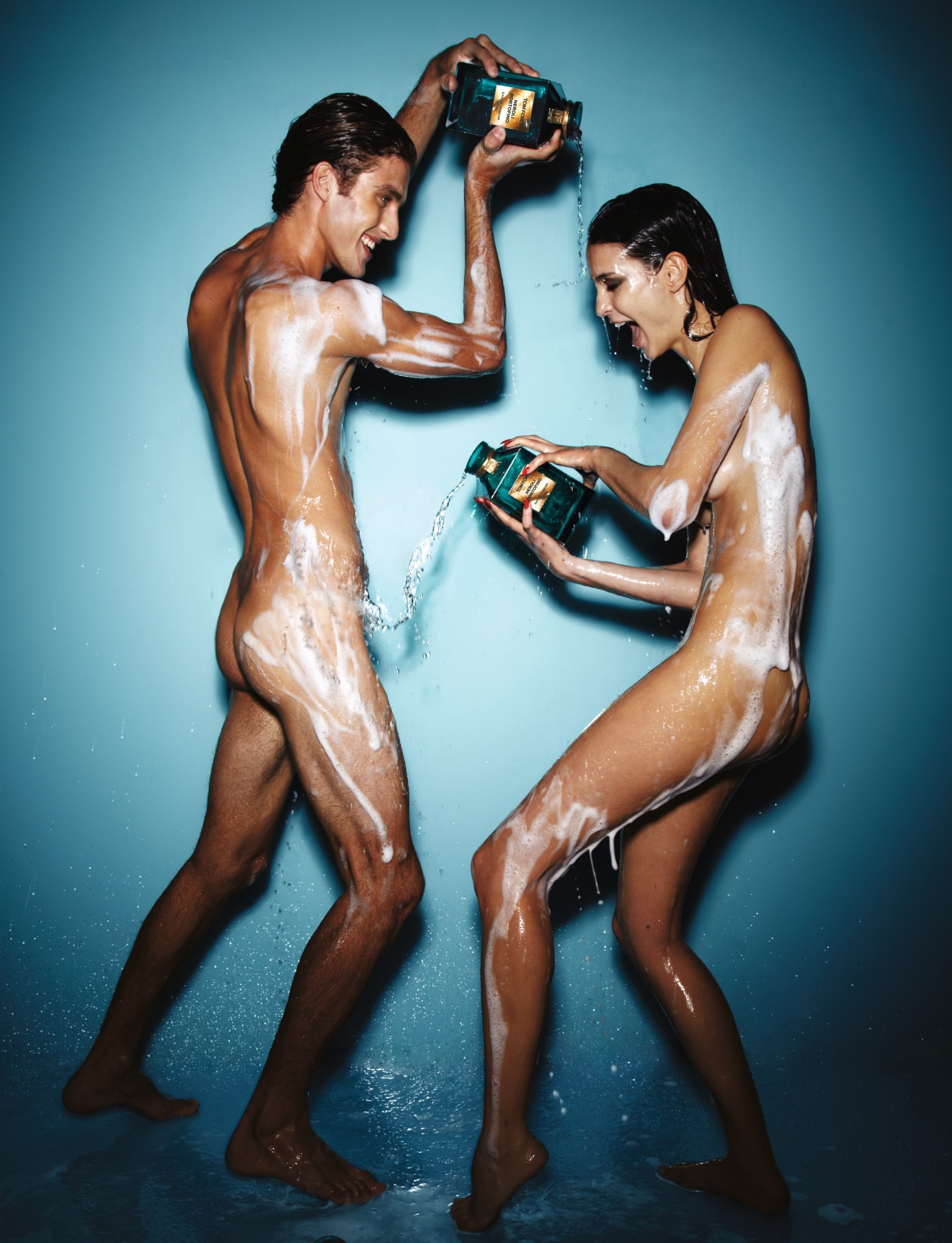
Earlier this year, you created the Tom Ford Plastic Innovation Prize for designers creating solutions to thin-film plastic. I find it really interesting that the Tom Ford look is so hedonistic, but that sustainability is an increasingly important part of your business – how do you balance both?
They don’t fight each other. They can absolutely go hand in hand. I mean, all my clothes are made to last, not made to be thrown away. They’re made for you to wear in your life as long as you can maintain your size and then to be auctioned on 1stDibs or end up in a very expensive vintage store. So in that way they’re not fast fashion. Most things I make are made out of natural fibres. Most of my fabrics come from Italy, where everyone is treated very well in the factories and have tremendous advantages to the job. They’re manufactured in Italy where they’re done in a very ethical way. A beautiful sensual, sexy dress or beautifully cut cashmere can go hand in hand with respecting the environment because of the fact that you’re really creating something that hopefully will be around for a long time. I think that the greatest luxury is knowing that you’re not destroying the environment.
The world – and fashion – has caught up to the kind of highly-sexualised imagery that you pioneered in your previous roles. Has the way you feel about sexuality also evolved?
I would say that at this point in my career, I’ve shifted more to sensuality than sexuality. It is interesting that, my god, you’ve never seen so many erections on television, which you certainly would never have seen before. But at the same time, this is going hand in hand with a conversation about exploitation of men and women – so in today’s politically correct world, you have to be so careful. So I suppose – and I don’t think this is a good thing – but a lot of designers start out already with certain restrictions in their head. It’s a very tricky thing to navigate, especially when you have been a designer where that is your natural taste. I like the human body, I’m not remotely prudish about it. You know, if I’m making something, I tend to just, by my very nature, cut it in a way that a lot of people will say, ‘Oh, that’s very sexy’. So it isn’t that I’m saying to myself, I want to be sexy, but it’s trickier to navigate that today, because you really have to be careful that you don’t offend someone in some way, or it’s seen as exploitation, or that it’s some sort of criticism of bodies that are not built in a certain way.
Ultimately, this book is about starting a second act. What’s your advice for people who are starting over again in life or work?
I think you have to listen to your intuition. I think it is a sort of subconscious accumulation of very carefully considered thought, that can come to mind quite suddenly, and you think, I’m just reacting intuitively, but I think intuition can often be something that’s very considered subconsciously, perhaps. So I think the great trick is finding work that makes you happy. I think you have to look inside yourself and ask, what am I happiest doing? And when am I the happiest doing it? Life is quite short and finite. How can I spend more time doing that? It can take a lot of introspection, and a lot of thought, but I think the most important thing is that you love how you’re spending your time because that’s it, you just get this time. The older I get, the more I’m aware of that expression. How are you spending your time because you do spend it. You don’t get it back. You have a finite amount. So are you spending it in a way that makes you happy?
